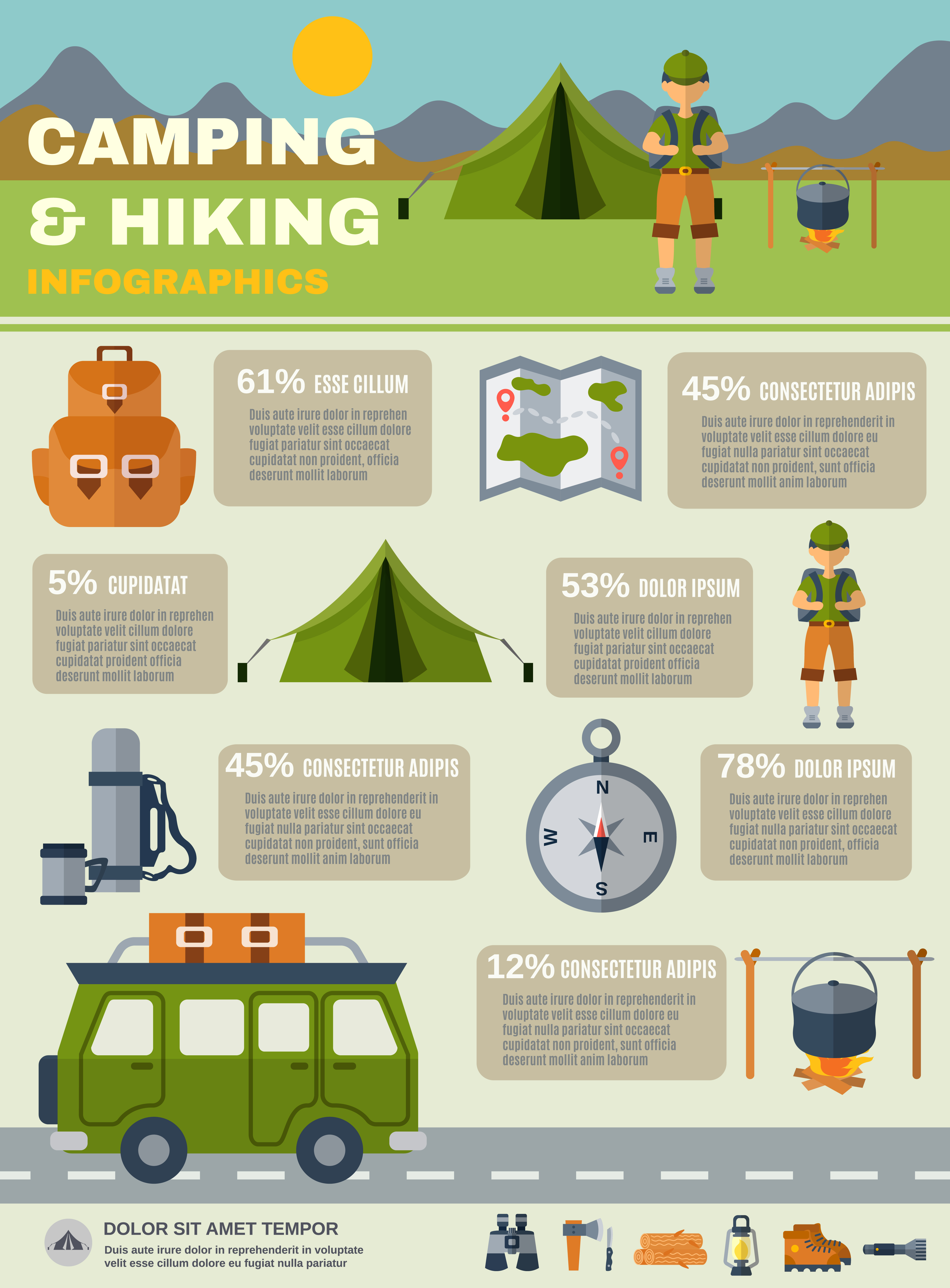Selling Your Camping Tents Online Can Be Your Ticket To Profit
Selling Your Camping Tents Online Can Be Your Ticket To Profit
Blog Article
Using Binoculars and Telescopes For Birding
Binoculars offer a wide field of view and are easy to hold comfortably. They are great for sweeping open star clusters, asterisms, and wide double stars. Bright nebulae like the Orion Nebula and the North America Nebula are also excellent targets.
Should I get a canvas tent?
Larger binoculars can detect Saturn's rings and its golden color, and may show Titan. They can also spot ice giant planets Uranus and Neptune, though their atmosphere is borderline too faint to be discerned.
Astronomical Observation
Binoculars can be an invaluable tool for amateur astronomers, but they are no substitute for a telescope. Their wider view makes them excellent for star clusters and deep-sky objects, but they are less useful for observing planets, which require much higher magnification to see their bands and rings.
For example, in autumn you might enjoy sweeping the sky for the bright double star clusters Pleiades and Hyades in the constellations Cassiopeia the Queen and Perseus the Hero, or the unique Beehive nebula in the constellation of Cancer. Many of these are easy to see under suburban skies, but others—including the Great Andromeda Galaxy and the Crab Nebula in Orion’s Sword—are best seen with a telescope.
The advantage of a telescope is its large aperture, which collects more light and allows for better resolution of dimmer objects. However, this means that a telescope needs to be aimed precisely at the object you wish to observe. Most telescopes feature central focusing, which lets you adjust the two tubes together to account for variations in viewer eyesight, called interpupillary distance or IPD.
Bird Watching
Depending on your approach to birding, you may opt for binoculars or a telescope. Many birders have both in their arsenals, using them at different times and places.
When choosing binoculars for birding, the magnification and objective lens size are important factors. Large objective lenses allow for greater light transmission, enabling you to see even in dim conditions.
The quality of the optics also makes a difference. Premium optics ensure that the colour rendition is excellent, making it easier to distinguish details like breast and mantle markings or wing bars.
Another factor is the ability to use angled binoculars, which make it easier for birders to track moving targets. These are useful when birding from a hide or in low-light conditions. Also, angled binoculars help to reduce neck strain when compared to straight scopes. This is especially true if you are tall. Some models offer features such as image stabilisation and fog proof, which are ideal for birders as they are often exposed to weather conditions that can change quickly.
Nature Observation
Like telescopes, binoculars magnify faraway objects to make them easier to see. liveable tents But unlike telescopes, which require a complicated and expensive mount, binoculars are small, compact and portable enough to be used handheld.
The relatively large field of view of binoculars makes them ideal for viewing larger targets such as open star clusters, asterisms, the widest double stars and emission nebulae. They can also show you a few dozen galaxies (though most will look like faint smudges devoid of detail).
For terrestrial use, a pair of compact, lightweight, fully multi-coated binoculars such as Celestron’s Nature DX 8x42mm are a great choice. This model is designed with phase-coated BaK-4 prisms to maximize light transmission for bright, crisp images. Its large exit pupil ensures that any eye in the field of view will see a full image without being dimmed by vignetting, an unwanted darkening at the edges of the objective lenses and prisms. It’s also the perfect size for viewing game animals, birds and even the Moon in twilight.
Travel
If you are planning on going travelling with binoculars or a telescope, try to stay below 8x magnification (focus). Anything higher and it will become harder to hold steady and a tripod is necessary. Also, it's important to consider the aperture spec which dictates how much light your telescope can gather.
A good pair of astronomy binoculars can be used to observe many things in the night sky including open star clusters, nebulae and even some galaxies. They are less expensive than a decent telescope and are easy to use for short periods of time.
If you want to enjoy longer viewing sessions, make sure your binoculars are mounted onto a tripod, which can be easily transported with most models. This is especially important if you plan on using them with children, who may find it hard to keep the binoculars steady for extended periods of time. It is also possible to take a telescope on the road, however this will require a tripod head and legs as well as a mount and eyepieces.
What are the types of camping?
